Estimate, Highclere, Aureole and more: the Queen's finest horses
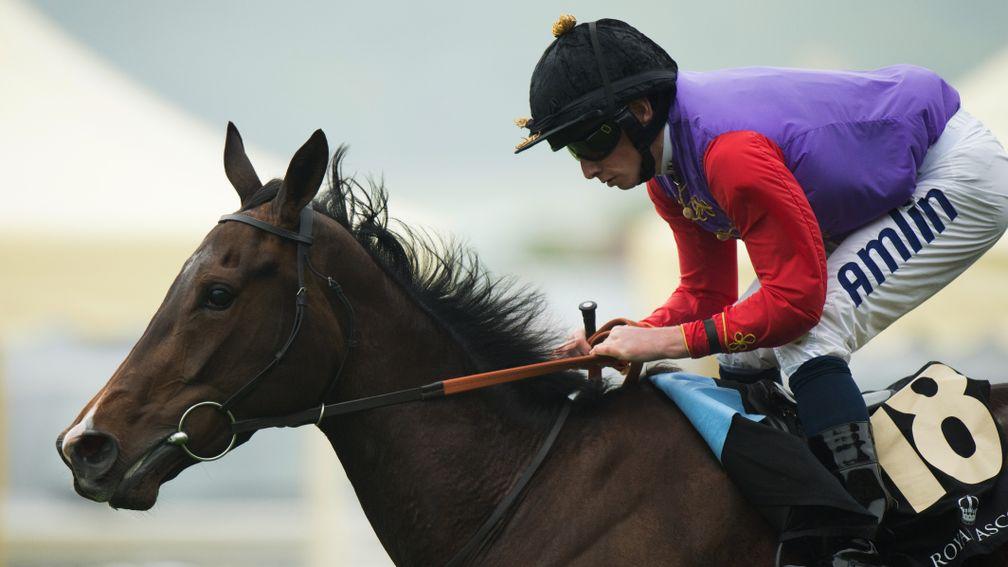
The Queen owned numerous superstar horses during her remarkable life in racing. Here are some of the best . . .
Aureole
The Queen had relatively few colts try their luck at Epsom in the Derby and none finished better than Aureole who, but for an inspired Sir Gordon Richards on Pinza, would have carried off the great prize just four days after the coronation.
Richards had just that week been knighted and would undoubtedly have retired the best jockey never to have won the Derby but for Pinza’s four-length triumph on his 28th attempt, with the Queen summoning him to offer her personal congratulations.
As for Aureole, his day in the sun would come when landing the King George VI and Queen Elizabeth Stakes at Ascot the following year.
Landau
In 1954 Landau was unplaced in the 2,000 Guineas and Derby, won the Rous Memorial Stakes on the final day of Royal Ascot, was the last mount of Sir Gordon Richards' career when third in the Eclipse, and put up the performance of his life when making every yard of the running in the Sussex Stakes under Willie Snaith and triumphing by five lengths.
Bred by the National Stud and trained by Noel Murless, Landau was a son of fillies' Triple Crown winner Sun Chariot and inherited some of her temperament, running several races that suggested he was less than genuine.
Carrozza
Lester Piggott donned the rarely seen white cap that constitutes the second royal colours aboard Carrozza for the 1957 Oaks, and the daughter of Dante was sent off 100-8, while the Queen’s main hope, Mulberry Harbour, was an 11-4 chance.
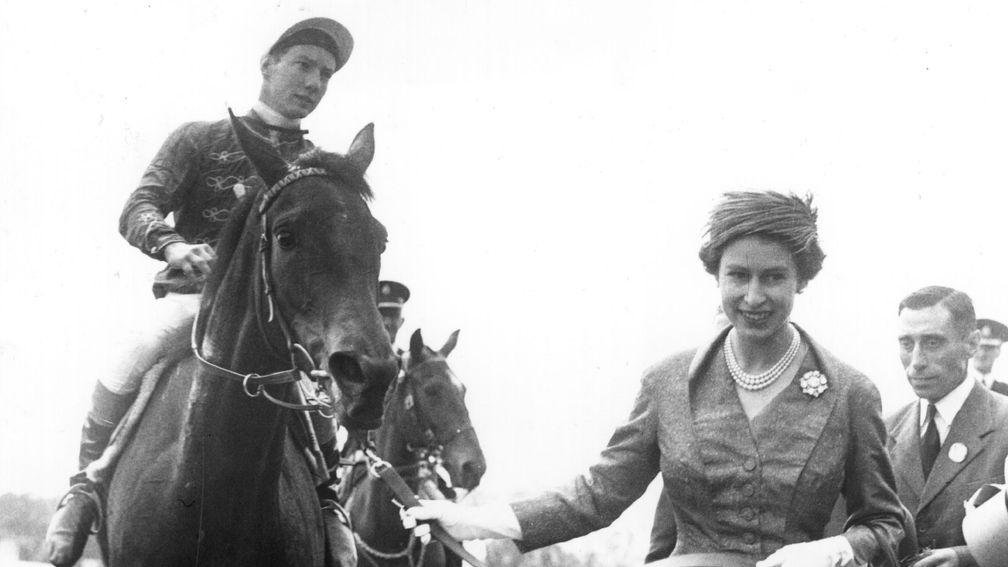
Carrozza nevertheless held solid claims having finished fourth in the 1,000 Guineas, a race for which she was sent off favourite.
Piggott had to be at his strongest as Carrozza held off the fast-finishing Silken Glider by a short head, while the owner led her first Classic winner into the Epsom winner's enclosure.
Pall Mall
While Carrozza was the Queen's first Classic winner as an owner, she had to wait another year to celebrate a maiden homebred success as Pall Mall and Doug Smith sprang a major surprise to land the 1958 2,000 Guineas at 20-1.
That starting price belied a decent campaign as a two-year-old which included a win at Royal Ascot over five furlongs in the race that would become the Norfolk Stakes, as well as victory in the Thirsk Classic Trial as a warm up for Newmarket.
Pall Mall went on to win the inaugural Lockinge Stakes at Newbury in June, a success he would repeat the following year.
Highclere
The first of two dual Classic winners to light up the 1970s in the royal colours, Highclere was equipped with blinkers for the first time by Major Dick Hern and fought off the challenge of Polygamy to land the 1,000 Guineas under Joe Mercer.
Connections felt the full Oaks distance might prove beyond Highclere and so elected to send her to France for the Prix de Diane over 1m2½f.
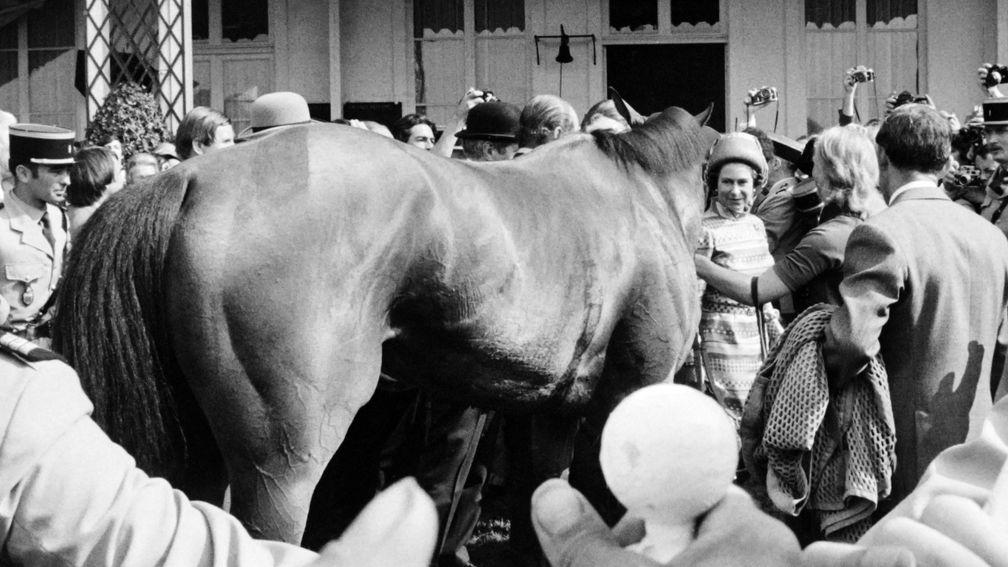
With the Queen an honoured guest who arrived at Chantilly in an open-topped car, Highclere defeated Comtesse De Loir, sparking great scenes of celebration among local turfistes.
After finding only the exceptional Dahlia too strong in the King George when stepped up to a mile and a half, Highclere’s form tailed off and she failed to figure in the Arc, a race in which the Chantilly runner-up Comtesse De Loir was beaten just a head by Allez France.
Dunfermline
Dunfermline made a huge impression in front of home crowds, adding a distinct racing flavour to the Queen's Silver Jubilee celebrations in the summer of 1977.
In the Oaks Willie Carson looked to have plenty of horse under him as he pushed Dunfermline to join Freeze The Secret under Frankie Dettori's father Gianfranco two furlongs out.
What followed was a rare duel in which Dunfermline wore down her rival only inside the final 100 yards.
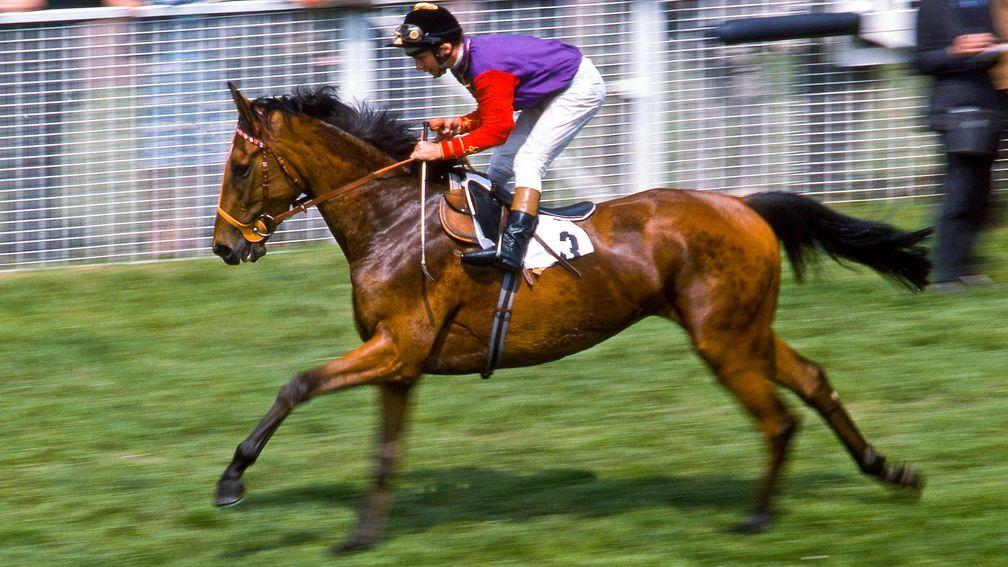
After being beaten in the Yorkshire Oaks, Hern stepped Dunfermline up in trip for the St Leger, running a pacemaker in Gregarious to try to draw the finish out of odds-on favourite Alleged.
Once again there was a great battle up the Doncaster straight as Dunfermline and Carson inflicted the only defeat of Alleged's career.
Height Of Fashion
A daughter of Highclere and a hugely talented two-year-old – she won the Acomb, the May Hill and the Fillies' Mile in an undefeated 1981 campaign – Height Of Fashion may be the most important horse bred by the Royal Stud during the Queen's long reign.
While she would go on to win the Princess of Wales's Stakes at three, it was as a broodmare she really made her mark, although by the time of her retirement, she was owned not by Her Majesty but had been sold to a relatively new name in British racing, Dubai's Hamdan Al Maktoum.
Height Of Fashion would provide Sheikh Hamdan with the mighty Nashwan as well as his Group 1 winning brother Nayef and the talented Unfuwain, while the family has produced some of Shadwell's best racehorses, including 1,000 Guineas and Champion Stakes heroine Ghanaati.
Carlton House
If Aureole attained the Queen's best finishing position in the Derby, then Carlton House came closest to victory, beaten a length by Pour Moi in a blanket finish to the 2011 race.
A gift from Sheikh Mohammed, Carlton House routed his trial opponents in the Dante at York and became a household story in the run up to Epsom.
He landed the Group 2 Brigadier Gerard Stakes at four, and ran with credit three times at the highest level for Sir Michael Stoute before being transferred to Australia, where Gai Waterhouse almost secured a Group 1 success with Carlton House, who was beaten a short head by Silent Achiever in the Ranvet Stakes.
Estimate
Stoute and Ryan Moore would combine to achieve the Queen's most memorable win of the 21st century in the 2013 Ascot Gold Cup, a prize which had hitherto proved elusive to her owner.
Already a winner at the Royal meeting when landing the Queen's Vase at three, the Aga Khan-bred daughter of Monsun tuned up for the Gold Cup with a second win at Ascot in the Sagaro Stakes.
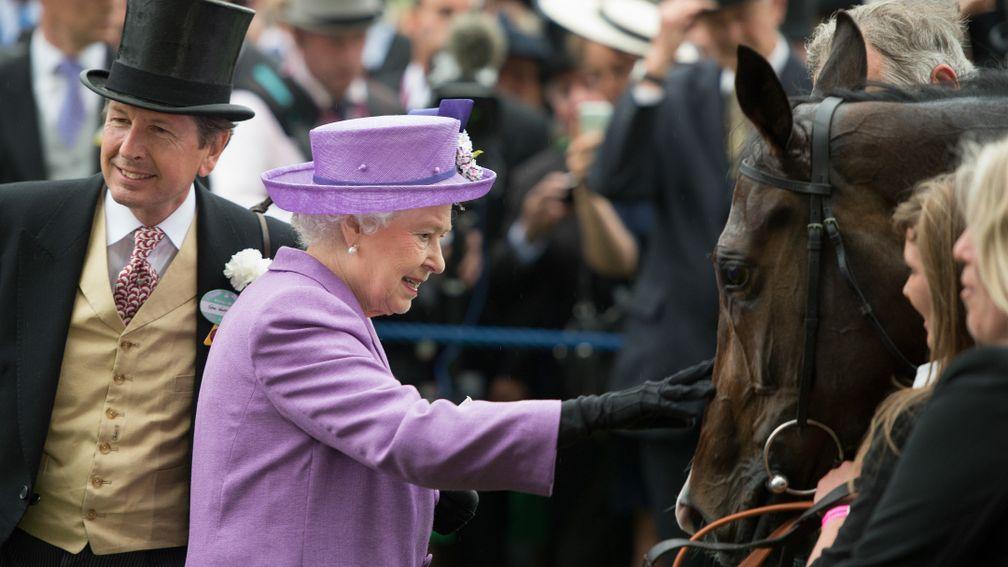
It was a close-run thing as first Top Trip and then Simenon threw down a challenge but Estimate prevailed, while television pictures of the Queen celebrating in the royal box were beamed around the world.
Dartmouth
A typical Stoute improver, Dartmouth was certainly bred for better things than his handicap win at Glorious Goodwood in 2015 under a fierce Olivier Peslier drive.
The following summer it was Peslier who again got the call when the son of Dubawi got the better of Highland Reel by a head in the Hardwicke Stakes at Royal Ascot.
Highland Reel reversed the form in the King George the following month, before Dartmouth went close to landing the Pattinson Canadian International at Woodbine when just failing to hold Erupt.
Dartmouth was stepped up in trip as a five-year-old, landing the Yorkshire Cup under Ryan Moore.
Published on 8 September 2022inNews
Last updated 19:10, 8 September 2022
- The latest edition of the Racing Post is available to read online now - here's how you can access it
- How Smart View recorded a 76 per cent profit at the Cheltenham Festival
- Smart View is available on the Racing Post app - how to read the revolutionary new racecard
- Levy reform talks 'accelerating' as clock ticks down to April deadline for agreement
- Kieran Shoemark lands another plum Meydan ride for Gosden stable on Trawlerman in Saturday's Dubai Gold Cup
- The latest edition of the Racing Post is available to read online now - here's how you can access it
- How Smart View recorded a 76 per cent profit at the Cheltenham Festival
- Smart View is available on the Racing Post app - how to read the revolutionary new racecard
- Levy reform talks 'accelerating' as clock ticks down to April deadline for agreement
- Kieran Shoemark lands another plum Meydan ride for Gosden stable on Trawlerman in Saturday's Dubai Gold Cup